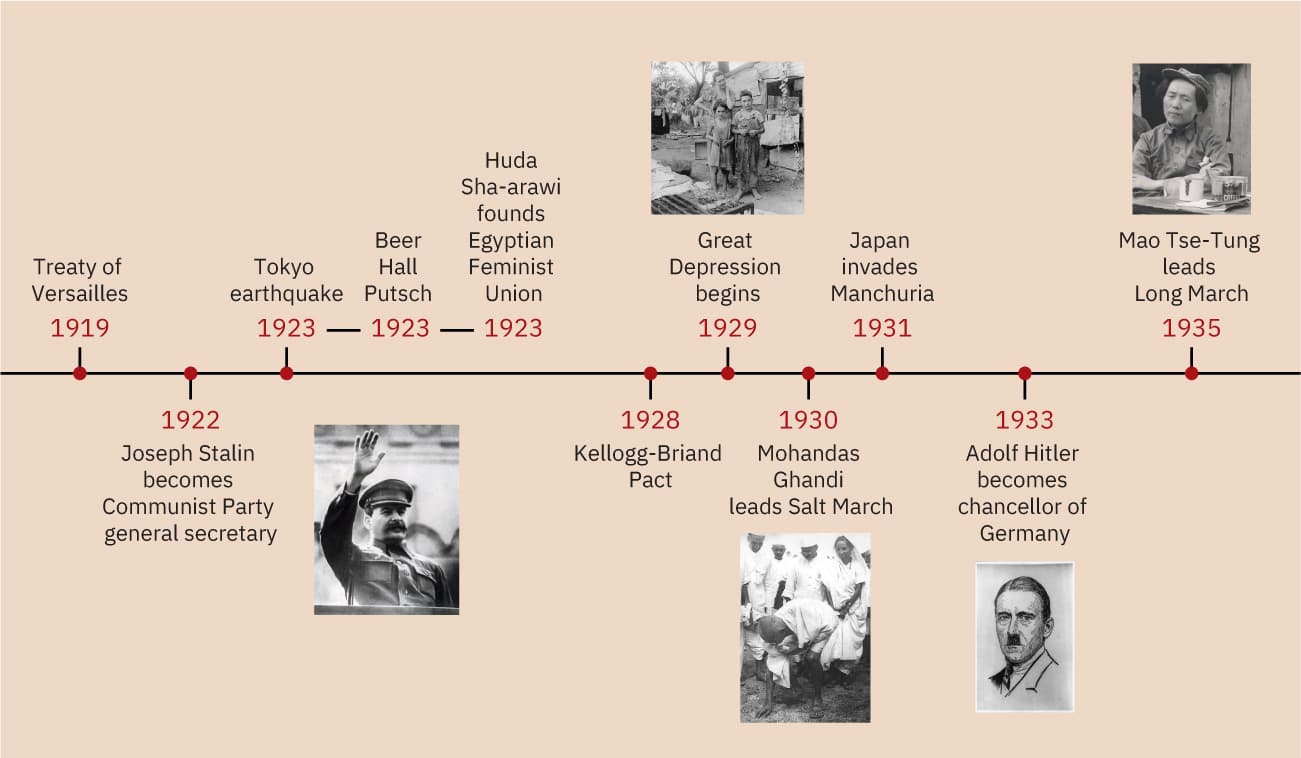Figure 12.1 (left) Early British screen stars pose for a publicity photo at the beach to promote the new wireless radio in 1923. (right) Soviet peasants harvest grain in 1933 during the forced collectivization in their district. (credit left: modification of work “Radio beach party 1923” by World Radio History/Wikimedia Commons, Public Domain; credit right: modification of work “Forced collectivization USSR” by U. Druzhelubov, Proletarskoe Foto (Proletarian Photo)/Wikimedia Commons, Public Domain)
The interwar years of the 1920s and 1930s saw a world recovering from the upheaval of World War I. People reacted differently to the horrors of the conflict, but many chose to embrace the present, and the 1920s were filled with new forms of cultural expression and new opportunities (Figure 12.1). In Europe the economy still lagged, but in other parts of the world economic growth soared. By the 1930s, however, economic instability had become common as the Great Depression plunged nations into poverty and unemployment. Governments dealt with the downturn in a variety of ways, but solutions in several countries included more authoritarian policies.

Figure 12.2 (credit “1922”: modification of work “Stalin in July 1941” by Nationaal Archief/Wikimedia Commons, Public Domain; credit “1929”: modification of work “Poor mother and children, Oklahoma, 1936 by Dorothea Lange” by Library of Congress/Wikimedia Commons, Public Domain; credit “1930”: modification of work “Salt March” by Unknown/Wikimedia Commons, Public Domain; credit “1933”: modification of work “Adolf Hitler, head-and-shoulders portrait, facing slightly left” by George Grantham Bain Collection/Library of Congress; credit “1935”: modification of work “Mao Zedong in Yan’an” by Unknown/Wikimedia Commons, Public Domain)